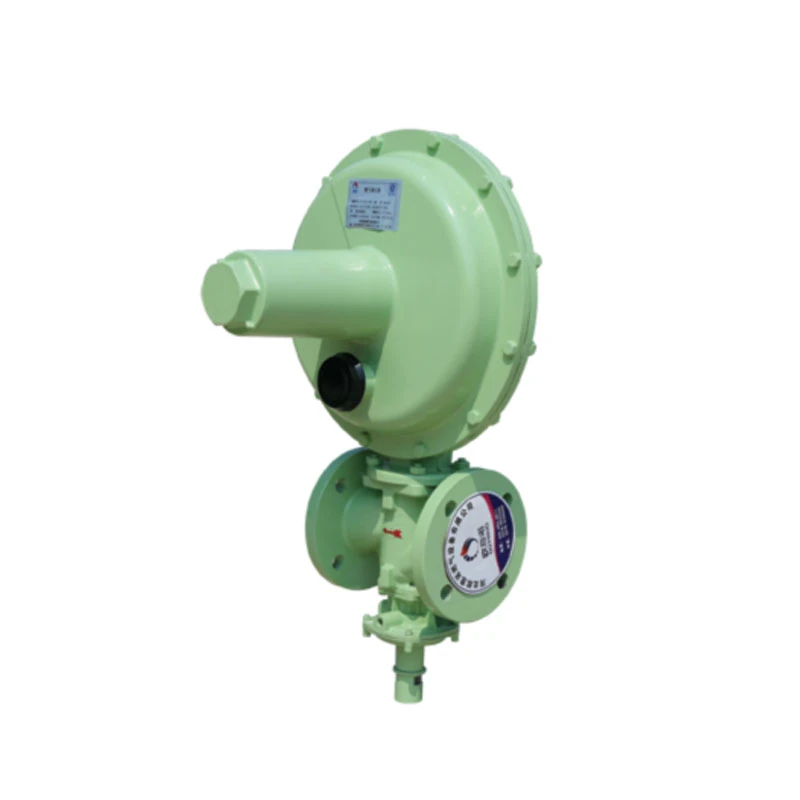
Nov . 09, 2024 19:47
Back to list
Reducing Pressure Through Effective Strategies and Techniques for Better Outcomes
Understanding Pressure Relief Valves A Key Component in System Safety
In many industrial applications, managing pressure is crucial for ensuring safety and efficiency. Among the vital components used for this purpose are pressure relief valves (PRVs). These devices play an essential role in preventing overpressure conditions that can lead to equipment failure, explosions, and catastrophic accidents.
What is a Pressure Relief Valve?
A pressure relief valve is a safety device designed to regulate the pressure in a system by allowing excess pressure to escape. When the pressure exceeds a predetermined level, the valve opens automatically, releasing some of the fluid (gas or liquid) and reducing the pressure to a safe level. Once the pressure drops back down, the valve closes, effectively maintaining the system at a safe operational state.
Importance of Pressure Relief Valves
1. Safety The primary function of a pressure relief valve is to prevent accidents caused by overpressure. Without these valves, systems could operate under hazardous conditions, leading to leaks, explosions, or ruptures that could harm personnel and damage equipment.
2. Compliance Many industries are required to adhere to strict safety regulations. PRVs are often mandated by safety codes and standards to ensure that systems operate within designated pressure limits. Regular maintenance and testing of these valves are also necessary to comply with safety regulations.
3. Operational Efficiency By maintaining optimal pressure levels, PRVs help ensure the efficiency and longevity of equipment. Operating at the correct pressure not only prevents damage but also enhances performance, decreasing the likelihood of downtime due to equipment malfunction.
Types of Pressure Relief Valves
.
- Spring-Loaded Relief Valves These are the most common type, utilizing a spring to keep the valve closed until a set pressure is reached.
مزلقة تخفيض الضغط

- Pilot-Operated Relief Valves These valves use a sense line and a pilot valve to provide more sensitive regulation of pressure, making them suitable for high-pressure systems.
- Safety Relief Valves Often used in gas systems, these valves are designed to open quickly in response to sudden pressure spikes, offering rapid pressure relief.
- bursting Discs Although not a valve in the traditional sense, bursting discs serve as a secondary pressure relief device that ruptures at a specific pressure. They are often used in conjunction with other relief mechanisms.
Selecting the Right Valve
Choosing the right pressure relief valve is crucial for system safety. Engineers must consider several factors, including
- Set Pressure The pressure at which the valve will open.
- Flow Capacity The amount of fluid the valve can handle when open, ensuring it can relieve pressure quickly enough to prevent system failure.
- Material Compatibility The valve must be made from materials that can withstand the operating conditions, including temperature, pressure, and the nature of the fluid.
- Maintenance Some valves require more maintenance than others. It’s essential to consider the ease of access for inspection, testing, and repair.
Conclusion
Pressure relief valves are unsung heroes in the world of industrial applications, ensuring safety and operational efficiency. Their ability to prevent overpressure conditions protects not only the machinery but also the lives of those who operate and maintain these systems. As industries continue to evolve, the development and enhancement of pressure relief technologies remain a priority, further ensuring the safety and sustainability of industrial operations for the future.
Latest news
-
Safety Valve Spring-Loaded Design Overpressure ProtectionNewsJul.25,2025
-
Precision Voltage Regulator AC5 Accuracy Grade PerformanceNewsJul.25,2025
-
Natural Gas Pressure Regulating Skid Industrial Pipeline ApplicationsNewsJul.25,2025
-
Natural Gas Filter Stainless Steel Mesh Element DesignNewsJul.25,2025
-
Gas Pressure Regulator Valve Direct-Acting Spring-Loaded DesignNewsJul.25,2025
-
Decompression Equipment Multi-Stage Heat Exchange System DesignNewsJul.25,2025

